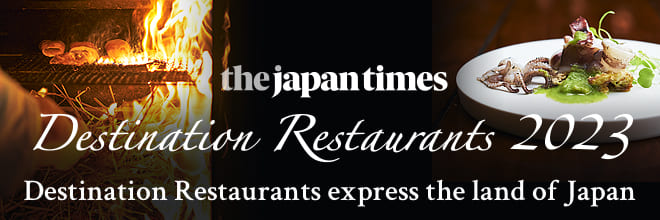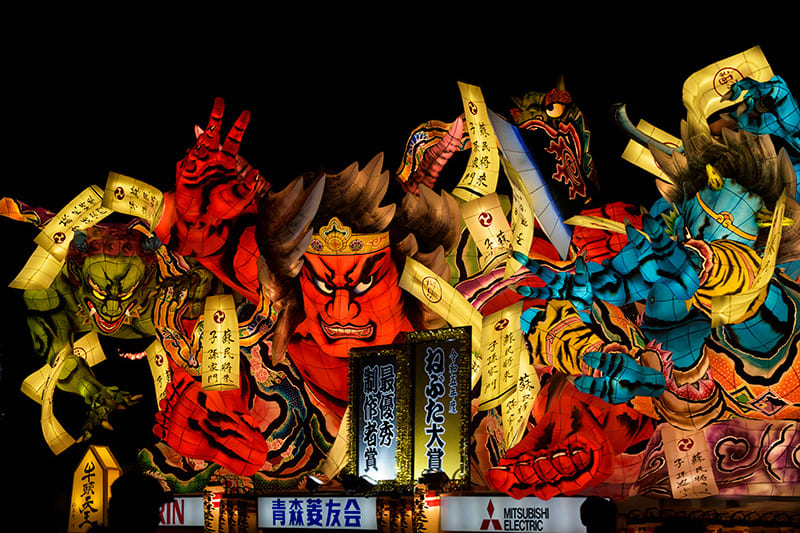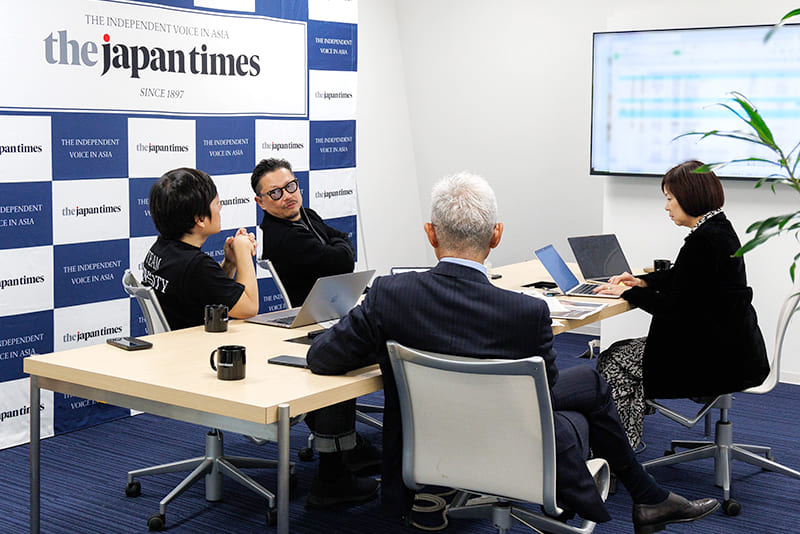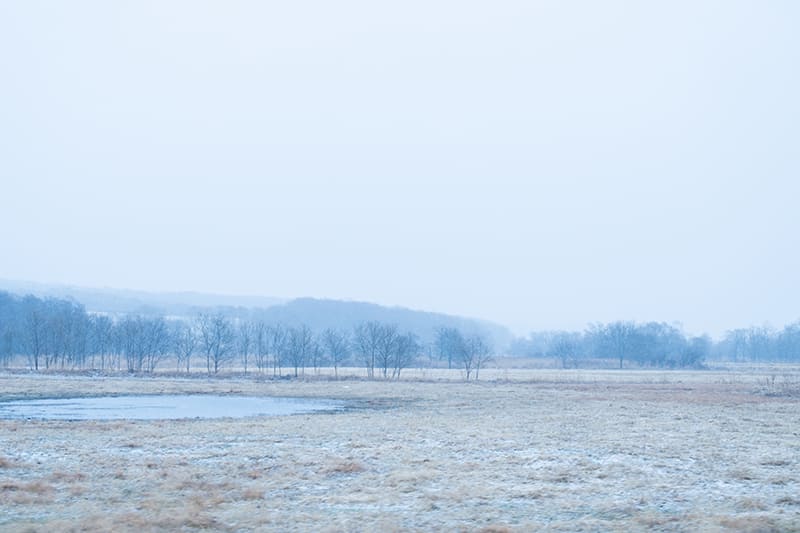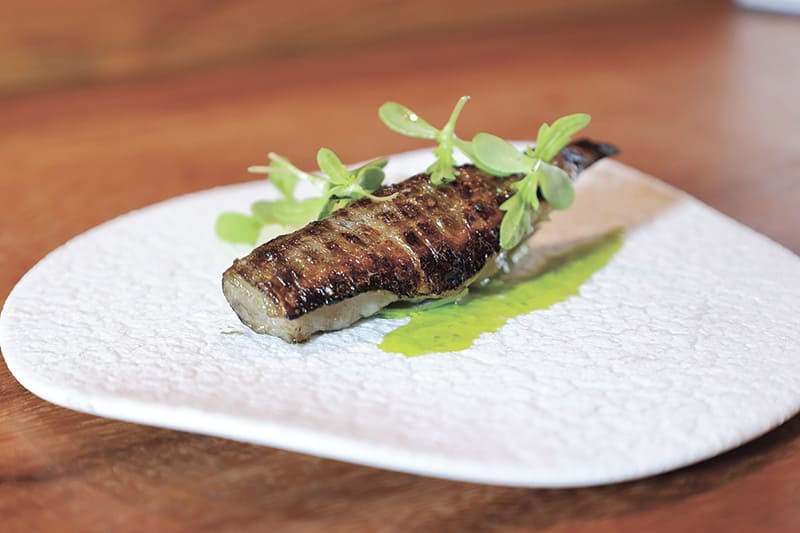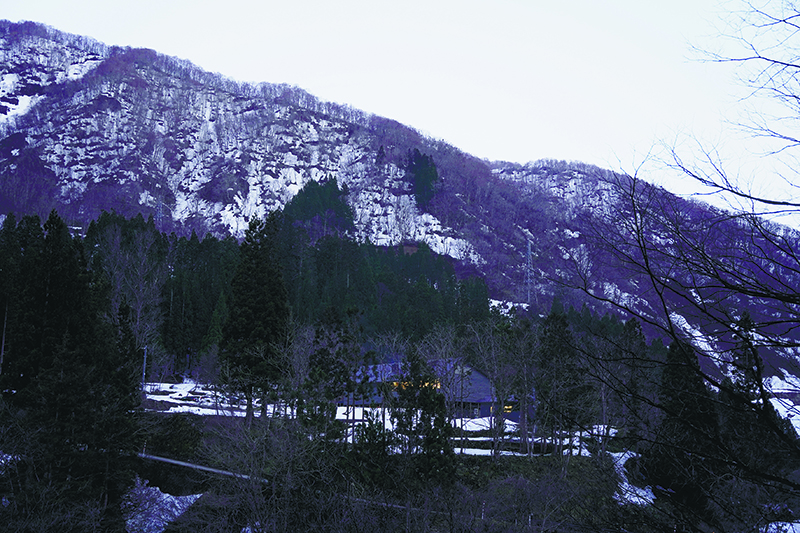November 24, 2023
Italian cuisine that conveys appeal of Hachinohe
Destination Restaurants 2023
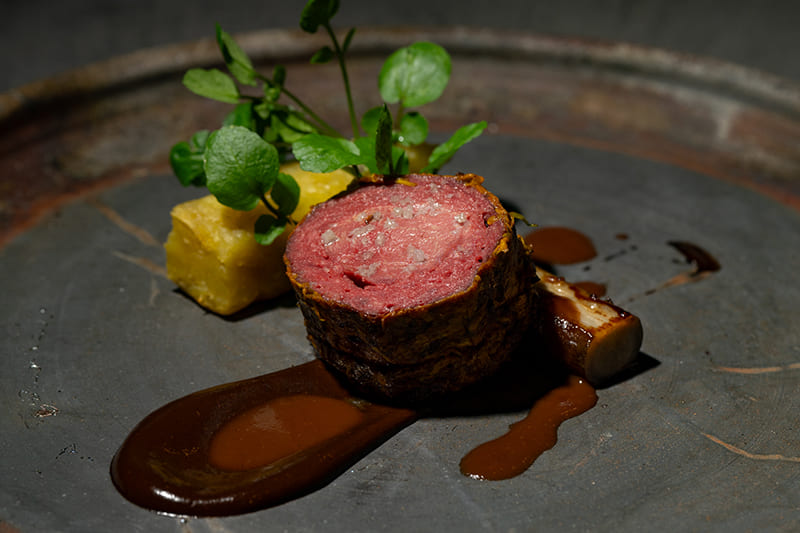
PHOTOS: TAKAO OHTA
The Italian restaurant Casa del Cibo is located in Hachinohe, a regional hub of about 220,000 that is second only to Aomori as the prefecture’s largest city. Hachinohe Station is two hours and 40 minutes from Tokyo on the Tohoku Shinkansen line. Despite its northeastern location, the area enjoys many hours of sunshine per year and has relatively little snowfall. It also has a thriving fishing industry, with Hachinohe’s port boasting the 12th-largest volume of landed fish in Japan as of 2021. Its direct-sales stalls and morning market, which focus on fresh seafood but also offer local produce, have become quite popular with tourists.
Casa del Cibo’s owner-chef, Ryohei Ikemi, was born in Kanagawa Prefecture and trained at restaurants including Enoteca Pinchiorri Tokyo, which was then located in Ginza. The abundance of high-quality local ingredients inspired him to open a restaurant in Hachinohe, the hometown of his wife, Etsuko (who was his classmate at the Tsuji Culinary Institute). Having worked in the world of Italian cuisine, which respects regional character, Ikemi also understood that “if you make delicious dishes, you can have a successful restaurant even in a lesser-known area.” Thus, he moved to Hachinohe to open Casa del Cibo.
Then came the Tohoku earthquake and tsunami of March 11, 2011. In the immediate aftermath, there were many problems such as disruptions in information access due to power outages. The building housing Ikemi’s home and restaurant remained intact thanks to its elevated location, but an area on lower ground just a few minutes’ drive away suffered extensive damage from the tsunami. It was in these difficult circumstances that Casa del Cibo opened its doors at the end of April that year. As Ikemi explained, he was already in debt and “had no option but to open.” Though all of eastern Japan was enveloped in a dark mood, the launch of an Italian restaurant by a Tokyo-trained chef was greeted as encouraging news by people in the area. Offering lunch and dinner at ¥1,500 and ¥2,800 ($10 and $18), the restaurant got off to a promising start, drawing many customers in its first year. But this changed completely in year two, when business faltered to the point of near-bankruptcy.
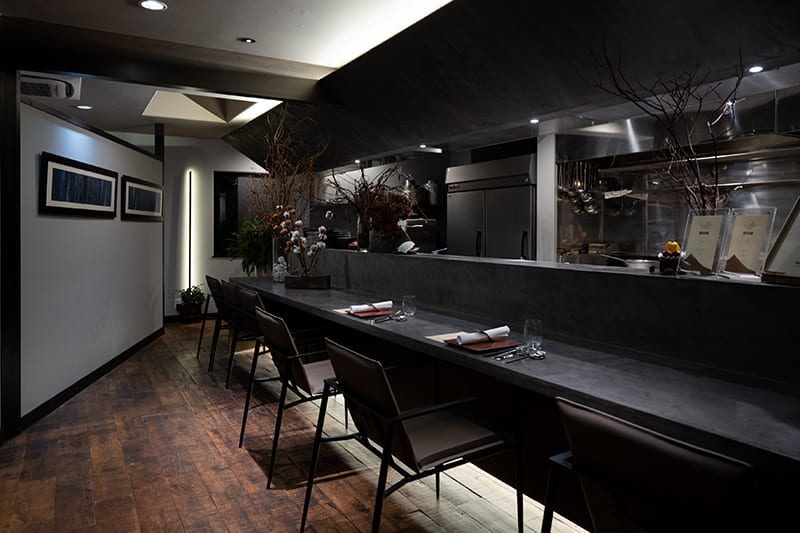
Casa del Cibo
1-19-6, Minatotakadai, Hachinohe-shi, Aomori Prefecture
Tel: 0178-20-9646
http://www.casa-del-cibo.com
At that time Casa del Cibo took part in an event organized to promote the recovery of the port, featuring around 20 of the city’s hotels and restaurants. During the two-month event period, Ikemi served bouillabaisse made with Hachinohe seafood, thus bringing his restaurant to the attention of many locals. Additionally, instead of serving whatever he liked, he included options that were more familiar to locals, such as pasta with Bolognese sauce. From that time on, the restaurant steadily gained fans, mainly from nearby areas, while simultaneously reinforcing its fine-dining side and gradually raising its prices. Two years ago, Casa del Cibo was remodeled and began offering lunch and dinner course menus for ¥14,300. As a result, visitors from other prefectures now account for about half of its clientele, which previously consisted mainly of locals. Recently there are even visitors from neighbors such as Singapore and Taiwan among the restaurant’s customers.
Guests are served by Etsuko — Casa del Cibo’s sommelier — and staff. Ikemi prepares all the dishes by himself. In autumn there are squid, salmon, horsehair crab, Ezo abalone and monkfish from Hachinohe. Regional food products, including boar and duck raised in Aomori and vegetables grown in the neighboring city of Towada, are used in abundance. Combined with house-made desserts prepared by Etsuko, who is also a pastry chef, the cuisine is truly refined and elegant.
In the Tohoku region, where dining out is still centered around izakaya pubs, Ryohei Ikemi wants to “help the fine dining food culture take root.” He continues to work toward this goal.
RYOHEI IKEMI
Born in Kanagawa Prefecture in 1976, Ryohei Ikemi attended the Tokyo and France schools of the Tsuji Culinary Institute (where a classmate was Harutomo Hagi, owner-chef of Hagi in Fukushima Prefecture). Ikemi trained in the art of Tuscan cuisine at the restaurants Enoteca Pinchiorri Tokyo and Da Noi, and the cuisine of the Veneto region at Incontro, all in Tokyo. While food plating and arrangement are one aspect of his culinary process, the essence of Ikemi’s work lies in creating dishes that express the character of the region, such as pasta featuring wakame seaweed and abalone, and striving for cuisine that can be enjoyed by all.
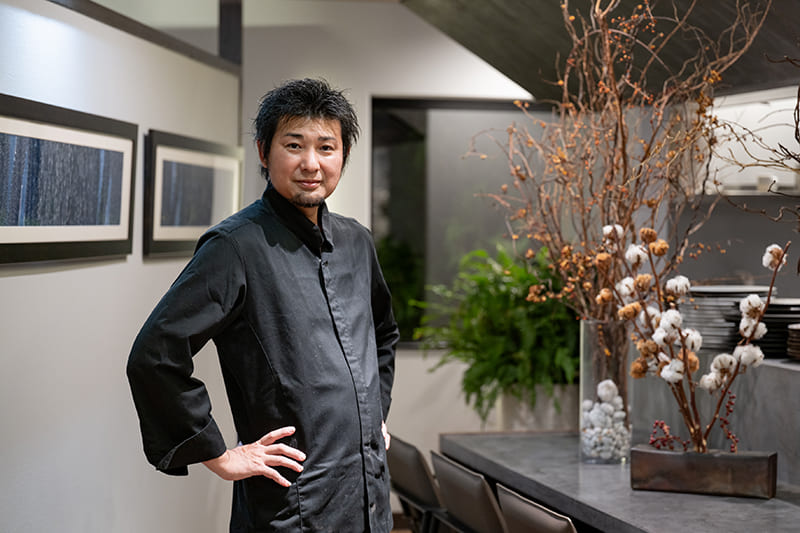
イタリアンで八戸の魅力を地元に、そして世界に。
東京から東北新幹線で約2時間40分で着くJR八戸駅から車で約30分の住宅街にイタリアン『カーサ・デル・チーボ』は店を構える。オーナーシェフ、池見良平は神奈川県出身。豊かな食材に惹かれ、妻の悦子の故郷、八戸市に移住するも、直後の2011年3月11日に東日本大震災が起きる。その翌4月に『カーサ・デル・チーボ』を開業。しばらくは売り上げもよかったが、3年目に入ると店が潰れる寸前まで低迷。自分が作りたい料理に固執していたことを猛省し、地元のお客さんに喜ばれるメニューを取り入れるようにした。
以降、徐々にファンを増やし、ガストロノミー色を強め、2021年に店舗を改装。14,300円で昼夜コースを提供するスタイルに。現在ではアジアを中心に海外を含む、県外からのゲストが約半数を占める。料理は池見一人で作り、妻、悦子はパティシエ兼ソムリエールとして店に出る。居酒屋が外食の中心であるこの地に「ガストロノミーな食文化を根付かせ、土地の魅力を広く伝えたい」と語る池見の挑戦は続く。
Return to Sustainable Japan Magazine Vol. 30 article list page


